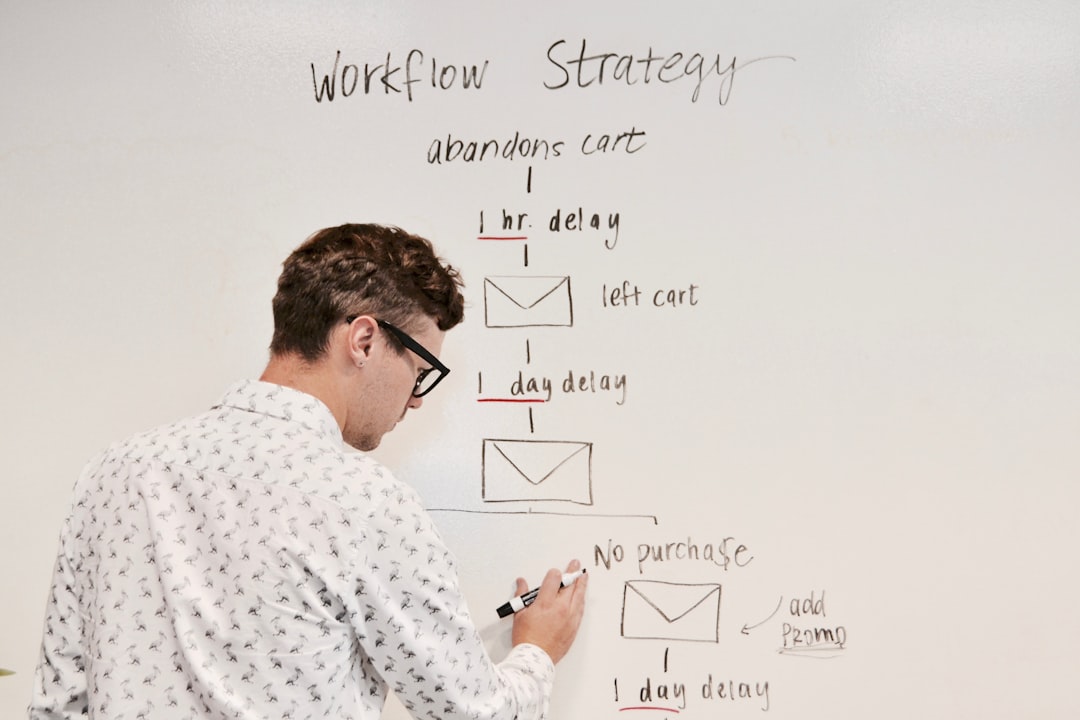As search engine algorithms continue to evolve, so do the strategies needed to maintain and improve a website’s visibility. One crucial yet often overlooked factor in SEO is effective use of internal linking. In 2025, with Google’s increasing focus on context and user experience, internal linking has never been more vital. When used correctly, internal links not only support site navigation but also help distribute page authority and improve content discoverability.
What Are Internal Links?
Internal links are hyperlinks that connect one page of a website to another page on the same domain. Unlike external links, which lead to third-party websites, internal links keep users within the same site. They can come in various formats, such as:
- Navigation menus
- Anchor texts within articles
- Footer or sidebar widgets
Not only do these help users explore related content, but they also allow search engine crawlers to better interpret the site’s structure and hierarchy.
Why Internal Links Matter for SEO in 2025
Search engines evaluate internal links to determine the relevance and importance of a page. With the rise of semantic search and machine learning algorithms like Google’s MUM and BERT, context-driven internal linking has become more powerful. Key SEO benefits include:
- Enhanced crawlability: Search engine bots follow internal links to discover content more efficiently.
- Improved page authority: Linking to key content transfers link equity, boosting rankings.
- Lower bounce rates: Users are more likely to stay on a site when presented with meaningful navigation options.
- Keyword relevance: Anchor text optimization improves semantic relevance in search results.
Best Practices for Internal Linking in 2025
To maximize SEO benefits from internal linking, website owners and digital marketers must follow a strategic approach. Here are the best practices for 2025:
1. Use Contextual Anchor Text
Anchor text should be descriptive and relevant to the content it links to. Avoid generic terms like “click here.” Instead, use specific language that mirrors the target page’s topic. For example, link a blog discussing on-page SEO with anchor text like “on-page SEO strategies”.
2. Prioritize User Experience
Place links where they add real value to the reader. Don’t overstuff an article with hyperlinks; aim for 1-3 contextual links per 500 words of content. The goal is to help users find related or supporting information intuitively.

3. Build a Hierarchical Structure
Organize your site logically using categories and pillar pages. This allows internal links to reflect a natural hierarchy, making it easier for search engines to understand the relationships between content pieces.
4. Leverage Orphaned Pages
Pages that aren’t linked from any other page are considered orphaned and often remain undiscovered by search engines. Use internal link audits to identify and connect these valuable but hidden assets.
5. Update and Audit Regularly
SEO isn’t static. Review and update internal links on a quarterly basis to replace broken links, remove outdated content, and ensure newer pages are appropriately linked.

6. Link to High-Value Pages
Direct more internal links toward high-converting pages such as lead magnets, cornerstone articles, and e-commerce product pages. This not only elevates their ranking but also supports your business goals more directly.
Internal Linking Tools
Several tools can help with internal linking strategies in 2025:
- Google Search Console: For analyzing link distribution across your site.
- Ahrefs/Sitebulb: To perform internal link audits and identify orphan pages.
- Link Whisper: A WordPress plugin that recommends relevant internal links as you write.
Final Thoughts
As content volume continues to grow exponentially, internal linking remains a cost-effective and powerful SEO lever. When executed with purpose and consistency, internal links can dramatically enhance both search visibility and user satisfaction. By following the recommended best practices for 2025, website owners can ensure their content performs well both with users and search engines.
Frequently Asked Questions
- Q: How many internal links should I use per page?
- A good rule of thumb is 1-3 internal links for every 500 words to maintain quality and avoid overlinking.
- Q: Can I use the same anchor text multiple times?
- Yes, but varies depending on context. Repetitive anchor text should be used cautiously to avoid penalties.
- Q: Do internal links pass link juice?
- Yes, internal links help distribute link equity, especially when linked to high-authority pages.
- Q: Are footer and menu links as powerful as contextual links?
- Contextual links within content generally carry more SEO value than navigational footer or sidebar links.
- Q: How often should I audit internal links?
- Conduct internal link audits every 3-6 months to ensure your strategy stays current and effective.
